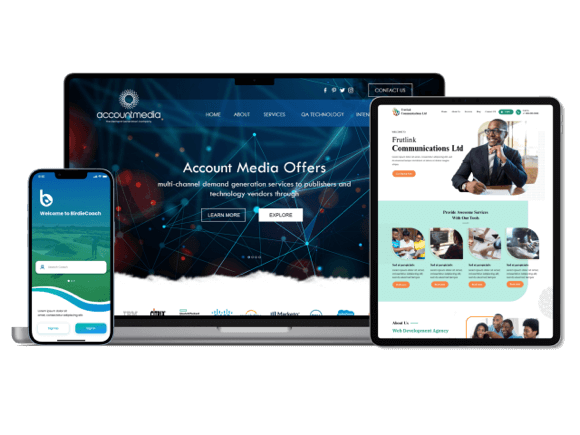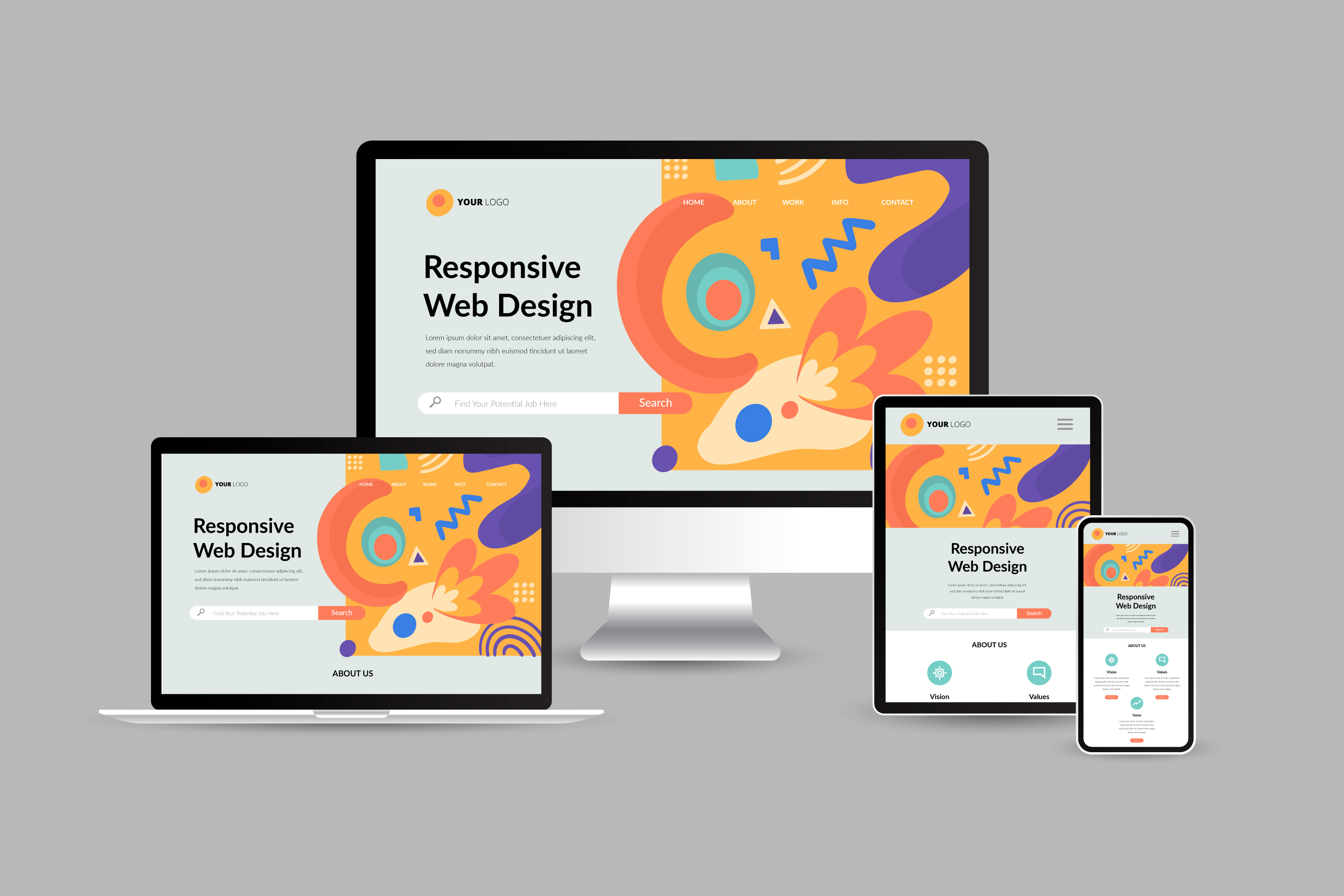How to Improve Your Website Design for More Efficient Load Speeds
How to Improve Your Website Design for More Efficient Load Speeds
Blog Article
Necessary Principles of Site Style: Developing User-Friendly Experiences
By concentrating on individual needs and choices, developers can foster interaction and satisfaction, yet the effects of these principles extend beyond plain functionality. Understanding how they link can dramatically affect a website's total efficiency and success, prompting a better evaluation of their individual duties and cumulative influence on user experience.

Importance of User-Centered Design
Prioritizing user-centered layout is vital for creating effective web sites that satisfy the needs of their target market. This approach positions the individual at the leading edge of the layout procedure, guaranteeing that the web site not just functions well yet additionally resonates with individuals on a personal degree. By recognizing the users' objectives, preferences, and habits, developers can craft experiences that foster involvement and satisfaction.

Moreover, adopting a user-centered layout approach can cause enhanced accessibility and inclusivity, accommodating a diverse target market. By considering various customer demographics, such as age, technological proficiency, and cultural histories, developers can produce internet sites that rate and practical for all.
Ultimately, focusing on user-centered style not only boosts user experience but can additionally drive key company results, such as boosted conversion rates and consumer commitment. In today's competitive digital landscape, understanding and focusing on user demands is a vital success element.
Instinctive Navigating Structures
Efficient internet site navigation is commonly a crucial variable in improving user experience. User-friendly navigation frameworks allow users to discover information swiftly and effectively, reducing disappointment and increasing involvement.
To produce intuitive navigating, designers need to focus on clearness. Tags must be descriptive and familiar to individuals, avoiding lingo or uncertain terms. An ordered framework, with key classifications leading to subcategories, can additionally assist users in understanding the partnership between different areas of the website.
Furthermore, incorporating visual hints such as breadcrumbs can direct individuals through their navigation course, allowing them to easily backtrack if required. The addition of a search bar additionally improves navigability, approving individuals guide access to material without needing to browse through numerous layers.
Adaptive and receptive Designs
In today's electronic landscape, making certain that sites function effortlessly throughout various devices is essential for individual complete satisfaction - Website Design. Receptive and flexible formats are 2 key strategies that allow this performance, dealing with the diverse variety of screen dimensions and resolutions that users may experience
Responsive formats use liquid grids and adaptable photos, permitting the site to immediately change its components based on the screen measurements. This approach provides a consistent experience, where material reflows dynamically to fit the viewport, which is especially helpful for mobile users. By using CSS media queries, designers can create breakpoints that enhance the design for various tools without the demand for different designs.
Flexible designs, on the various other hand, utilize predefined layouts for details display sizes. When an individual accesses the website, the server identifies the device and serves the appropriate format, guaranteeing an optimized experience for varying resolutions. This can bring about faster loading times and improved performance, as each design is customized to the gadget's capabilities.
Both receptive and adaptive designs are essential for improving individual involvement link and complete satisfaction, ultimately adding to the website's general performance in fulfilling its goals.
Regular Visual Pecking Order
Developing a consistent visual pecking order is crucial for leading customers through an internet site's content. This principle makes sure that info is offered in a fashion that is both user-friendly and engaging, enabling users to conveniently understand the product and browse. A well-defined hierarchy employs different style components, such as dimension, comparison, shade, and spacing, to produce a clear difference in between various kinds of material.

Furthermore, regular application of these aesthetic signs throughout the website promotes knowledge and depend on. Individuals can promptly find out to acknowledge patterns, making their interactions a lot more efficient. Ultimately, a strong aesthetic power structure not only boosts individual experience yet also enhances total site functionality, motivating deeper interaction and assisting in the preferred actions on an internet site.
Accessibility for All Customers
Accessibility for all individuals is a fundamental facet of web site style that ensures every person, no matter of their specials needs or capacities, can involve with and take advantage of online material. Creating with ease of access in mind entails applying methods that fit diverse user requirements, such as those with aesthetic, auditory, electric motor, or cognitive impairments.
One vital standard is to adhere to the Web Content Accessibility Guidelines (WCAG), which supply a structure for developing easily accessible electronic experiences. This consists of making use of enough shade contrast, offering text alternatives click reference for pictures, and making certain that navigating is keyboard-friendly. Additionally, utilizing receptive style strategies ensures that web sites work effectively throughout various gadgets and display dimensions, better enhancing access.
One more vital factor is the usage of clear, succinct language that prevents jargon, making content comprehensible for all users. More Info Involving customers with assistive technologies, such as screen readers, calls for mindful interest to HTML semiotics and ARIA (Available Abundant Net Applications) functions.
Eventually, focusing on ease of access not only satisfies lawful responsibilities but likewise broadens the target market reach, promoting inclusivity and improving user contentment. A commitment to availability mirrors a commitment to producing equitable electronic atmospheres for all users.
Final Thought
To conclude, the essential principles of internet site style-- user-centered layout, instinctive navigating, responsive designs, consistent aesthetic pecking order, and access-- jointly contribute to the production of user-friendly experiences. Website Design. By prioritizing user needs and making sure that all people can successfully engage with the site, designers enhance usability and foster inclusivity. These principles not just improve individual complete satisfaction however likewise drive positive organization end results, ultimately showing the essential importance of thoughtful internet site design in today's digital landscape
These techniques supply invaluable understandings right into user expectations and discomfort points, making it possible for designers to tailor the internet site's features and material as necessary.Effective web site navigating is often a critical aspect in boosting individual experience.Developing a regular visual pecking order is pivotal for leading individuals via a website's web content. Eventually, a strong aesthetic hierarchy not just enhances user experience yet additionally boosts overall website functionality, urging deeper engagement and facilitating the desired actions on a website.
These concepts not just boost individual fulfillment however also drive favorable service outcomes, inevitably demonstrating the crucial significance of thoughtful web site layout in today's electronic landscape.
Report this page